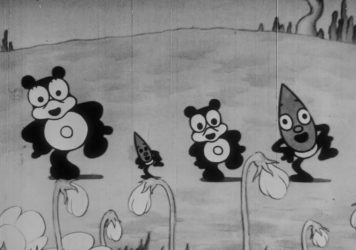
From Japan comes a disturbing report with frightening implications beyond its immediately tragic dimension. This morning, an unidentified man broke into the Kyoto Animation Studio and sprayed a flammable liquid before shouting “drop dead!” and igniting.
Deadline is reporting on the situation as it develops, and cites figures from Japanese broadcaster NHK that 25 lives have been lost in the blaze. It also specifies that while the suspect has been apprehended and hospitalized, many of those affected by his contemptible actions still remain unaccounted for.
Experts have noted that this fire represents the nation’s most destructive and lethal since a 2001 fire at a gambling club in Tokyo, which claimed 44 casualties. Today’s incident in Kyoto, however, comes with an additional cost in the form of the irreplaceable art that has been destroyed.
This report arrives on the heels of last month’s shocking New York Times exposé about the truth behind Universal Studios’ 2008 fire, in which a massive treasure trove of audio and video masters melted and accordingly faded into history. As the complete enormity of the material lost has come into view, the public has renewed a conversation about the absolute vitality of proper digital preservation.
While the primary toll in Kyoto Animation’s sad story concerns that of its staff, the studio nonetheless figures into industry-wide reflections on the frightening fragility of physical media. Kyoto Animation has been the site of many well-regarded anime features and series (one fan on Twitter has shared a fond remembrance of watching their Liz and the Blue Bird last year), and the sum total of what’s been erased from that backlog won’t be clear until the dust settles.
We all must come to terms with our own mortality at some point, but the notion that art can undergo its own expiration can be similarly distressing for those committed to culture and, in particular, the preservation of physical media. Until serious institutional measures are implemented for a secure storage method and the proper maintenance for upkeep, cinema will continue to vanish into the ether of history.
Published 18 Jul 2019

Rare shorts from 1917 to 1941 are now streaming in celebration of 100 years of anime.

Meet the director of the beautiful new film widely rumoured to be Studio Ghibli’s last hurrah.

A new Studio Ponoc film is the first anime ever commissioned by the IOC.